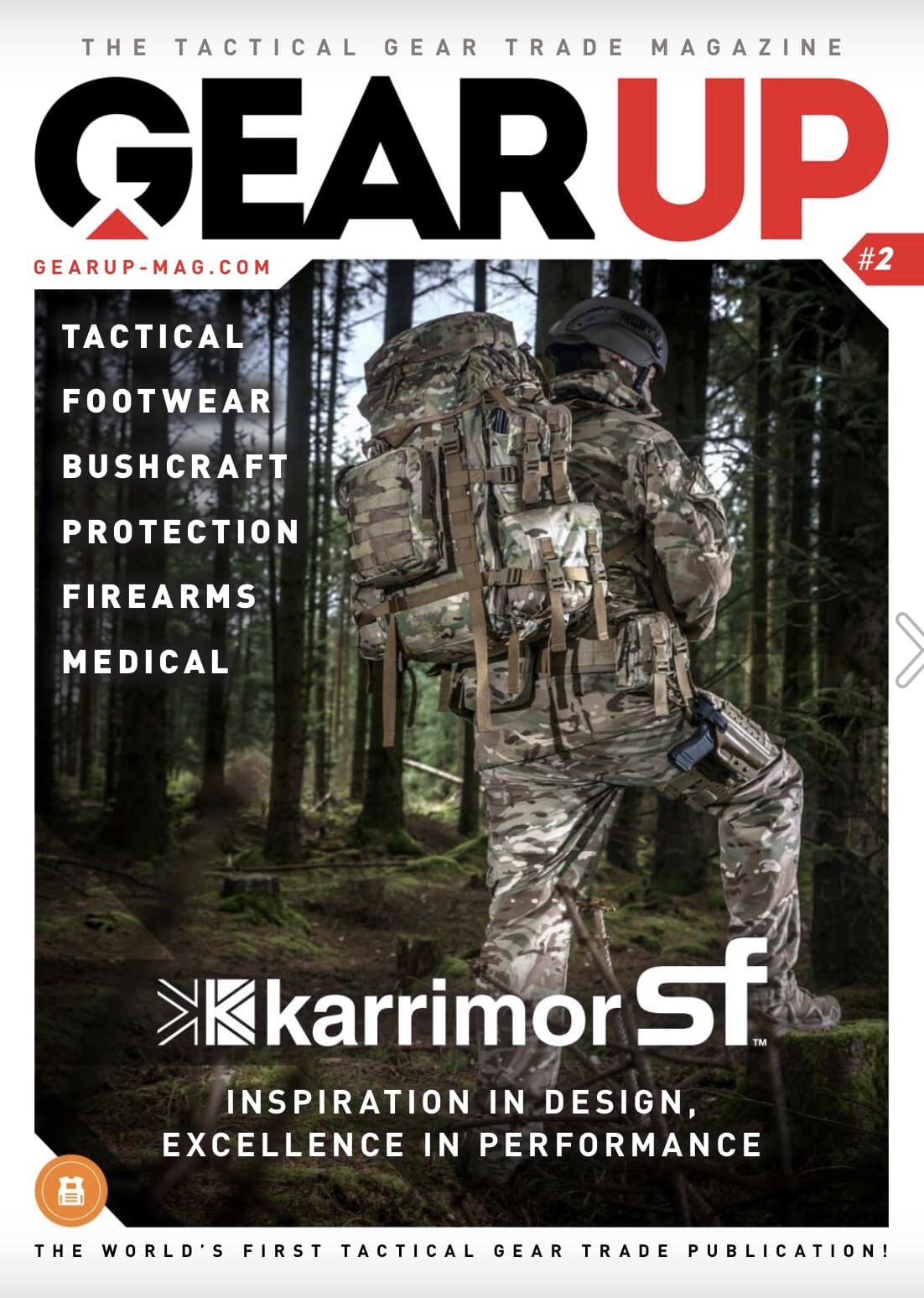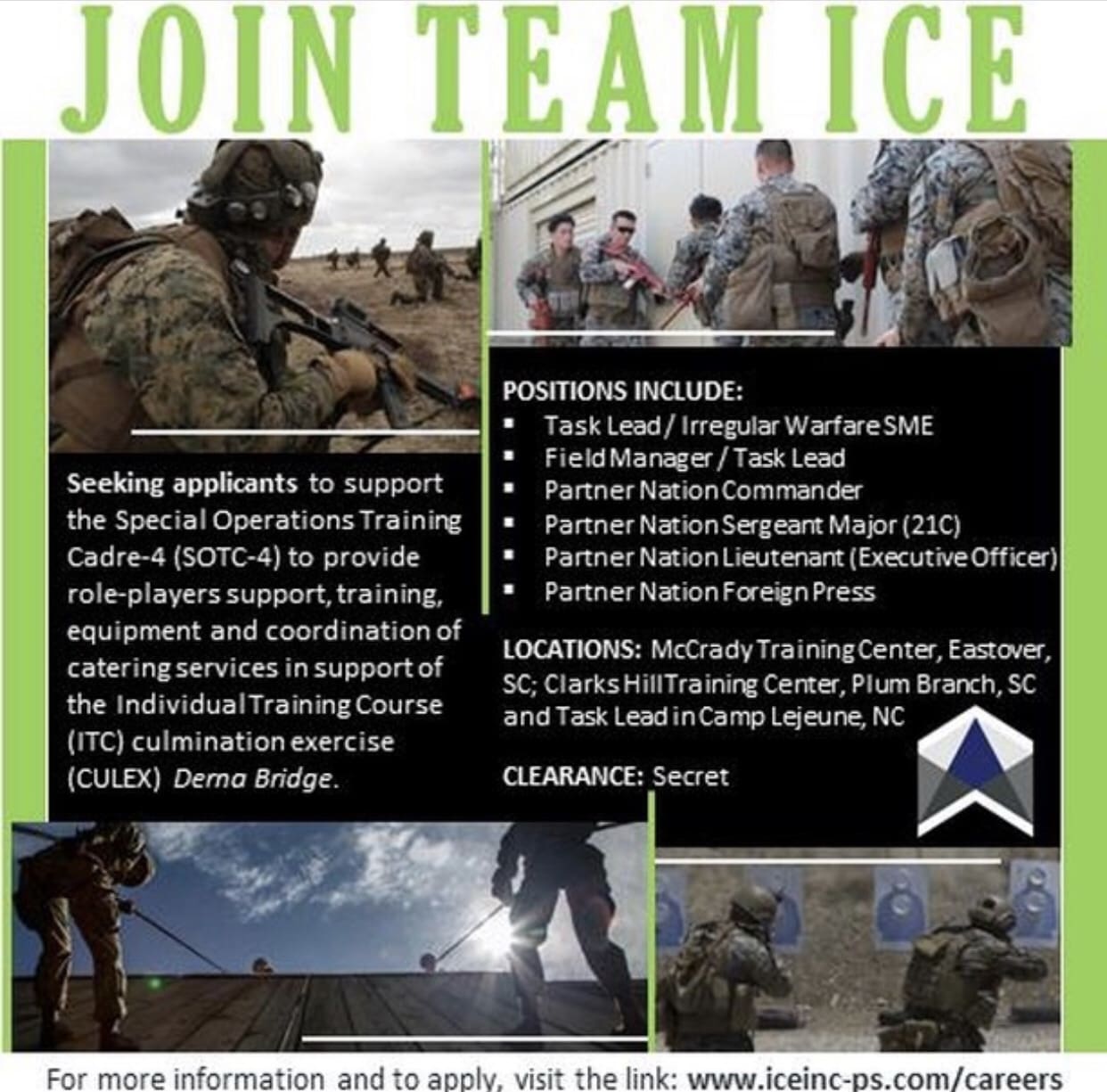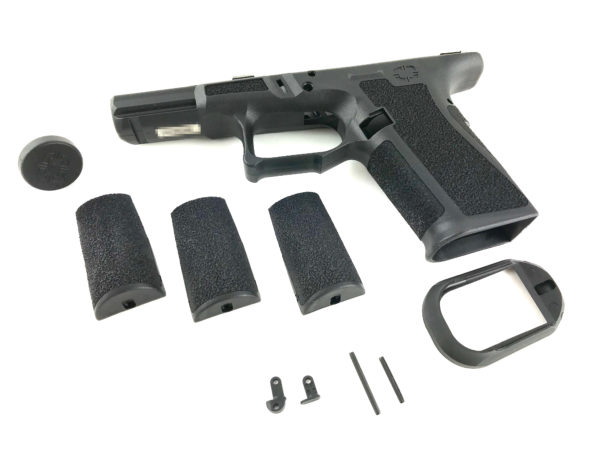
We are attending DSEI 2019, one of the worlds largest defence sector trade events, on the 10th-13th September. Please visit us on stand number N7-475 to view our range of tactical products and systems. We look forward to seeing you there!

We are attending DSEI 2019, one of the worlds largest defence sector trade events, on the 10th-13th September. Please visit us on stand number N7-475 to view our range of tactical products and systems. We look forward to seeing you there!
The second issue of Gear Up’s webzine is now available.

Download your issue at issuu.com/ebconpublishing/docs/gear_up_issue_2.

Team ICE (Intel, Comms, and Engineering) is seeking Special Operations Training Cadre-4 (SOTC-4), providing MARSOC role-player support, training, equipment and logistic support to the Individual Training Course (ITC) culmination exercise (CULEX) Derna Bridge.
For more info, visit the link: www.iceinc-ps.com/careers
DALLAS – The Army & Air Force Exchange Service is recruiting veterans to bring a taste of home to warfighters downrange. The 123-year-old Department of Defense retailer is seeking veterans to deploy to fill various positions wherever the Exchange operates within Southwest Asia and Eastern Europe. “When the Exchange hires veterans for downrange assignments, these former service members draw on the same strong work ethic, commitment and loyalty they used to serve our country,” said Air Force Chief Master Sgt. Luis Reyes, the Exchange’s senior enlisted adviser. “Many already have served downrange and now they are able to give back, supporting troops on the front line.” No matter where America’s troops go, the Exchange goes with them. The Exchange operates 41 direct-run stores on 32 installations in eight Middle East countries, including Iraq, Afghanistan, Kuwait, Qatar, Jordan, Saudi Arabia and Egypt, as well as on installations in Europe, such as Bosnia, Kosovo, Romania, Poland and Bulgaria. This program supports the Exchange’s commitment to hire 50,000 veterans and military spouses by 2020. Veterans can look for jobs at ApplyMyExchange.com.
Many veterans already have the favorable security clearance needed to work downrange, which can save three to 15 months in conducting necessary background checks. Deployments with the Exchange range from six months to a year, with an option to extend up to two years. After their deployments, veterans are eligible to apply for other jobs with the Exchange. Leroy Elliott, a Vietnam War and Desert Storm veteran, has been the Exchange’s services business manager in Kuwait since August. Elliott served in the Marines and Army for 22 years. He also worked for the Exchange from 1993 to 2009. “The work is challenging and the days are long,” Elliott said. “It’s all worth it when we can bring a little bit of home to the men and women who are putting themselves in harm’s way and serving our country.”
(Courtesy of AAFES News Service)
This skateboard deck is a limited edition collaboration between RE Factor Tactical and Raid SB that features our popular Summer Time logo on top of the Tigerstripe camouflage pattern made famous by MACV-SOG units in Vietnam.

THIS ITEM IS A PREORDER ITEM THAT MAY REQUIRE UP TO A 5 WEEK LEAD TIME TO FULFILL
www.refactortactical.com/products/reft-x-raid-sb-skateboard

Many of you have asked to purchase the frame as a stand alone product. This is your opportunity to buy a stripped MR918 frame so you can add the parts you choose to build on your own custom pistol. This frame is compatible with parts that are designed to fit the Gen 4 G19.
THESE ARE SECONDS QUALITY, BLEMISHED FRAMES. These frames are functionally perfect, but did not meet our exacting specifications for the way they look. The blemish is in the fronstrap and is simply some distortion of the frontstrap texture. See images for examples of the kind of blemishes you may find on your Seconds-Quality Frame.
Note: there are a VERY limited quantity of these frames available, and when they are sold out will not be restocked.
Included with purchase of a Blem MR918 Frame:
shadowsystemscorp.com/product/blem-mr918-frame
Operation Dragoon, the Allied invasion of southern France, was originally supposed to be launched simultaneous to the invasion of Normandy – thus catching the Nazi forces in France and Western Europe between the horns of a two-pronged assault. However, due to there not being enough ships, aircraft, crews, and materiel to allow both invasions to happen simultaneously, the southern invasion was postponed.

Sometimes known as “The Forgotten D-Day”, Operation Dragoon (earlier known as “Operation Anvil”, whilst the Normandy invasion was known as “Sledgehammer”) was re-scheduled for mid-August 1944. By that time it was also clear to the Allied High Command that another way into, and through, France was necessary because the Normandy ports could not cope with the volume of supplies needed to keep the armies fed, armed, fueled, and moving.
The goals of Operation Dragoon were to secure the vital ports on the French Mediterranean coast and increase pressure on the German forces by opening another front. After some preliminary commando operations, the US VI Corps landed on the beaches of the Côte d’Azur under the shield of a large naval task force, followed by several divisions of the French Army B.

Allied forces were opposed by the scattered forces of the German Army Group G, which had been weakened by the relocation of its divisions to other fronts and the replacement of its soldiers with third-rate Ostlegione outfitted with obsolete equipment. Hindered by total Allied air superiority and a large-scale uprising by the French Resistance, the weak German forces were swiftly defeated.
The remaining German forces withdrew to the north through the Rhône valley, to establish a stable defense line at Dijon. Allied mobile units were able to overtake the Germans and partially block their route at the town of Montélimar. The ensuing battle led to a stalemate, with neither side able to achieve a decisive breakthrough, until the Germans were finally able to complete their withdrawal and retreat from the town. While the Germans were retreating, the French managed to capture the important ports of Marseille and Toulon, putting them into operation soon after.

The Germans were not able to hold Dijon and ordered a complete withdrawal from Southern France. Army Group G retreated further north, pursued by Allied forces. The fighting ultimately came to a stop at the Vosges mountains, where Army Group G was finally able to establish a stable defense line. After meeting with the Allied units from Operation Overlord, the Allied forces were in need of reorganizing and, facing stiffened German resistance, the offensive was halted on 14 September – one month to the day after the invasion.

Three days after the end of Operation Dragoon, on the 17th of September 1944, “Operation Market-Garden” was launched. With Operation Market-Garden the Allied Command sought to leapfrog over the German forces in The Netherlands – using airborne forces to capture key bridges over the Rhine – and then punch through into the industrial heartland of Germany.
Operation Dragoon was considered a success by the Allies. It enabled them to liberate most of Southern France in a time span of only four weeks, while inflicting heavy casualties on the German forces. Although a substantial part of the best German units were able to escape, the captured French ports were put into operation, allowing the Allies to solve their supply problems.

Article features some text and photos from Wikipedia.
This week marks the 75th Anniversary of Operation Dragoon, and once again our friends from the WWII Airborne Demonstration Team are on the ground and in the air doing what they do best – commemorating the brave troops of the Airborne Forces who were critical to the Allied victory. They recently posted a “Dispatch from the front lines” on their Facebook page, and we’d like to share that with you:

Dragoon Update—Photos from the front!
U.S. Army Airborne, British Airborne, and U.S. Marine Corps Airborne attached to the Office of Strategic Services—we’re privileged to be honoring them all! These units were part of the Allied 1st Airborne Task Force represented by our team members here.

The 1st Airborne Task Force was a short-lived airborne unit created specifically for Operation Dragoon–the invasion of Southern France. The combined unit strength was 9,000 men. It consisted of a near-random grouping of parachute infantry regiments, many of which had served in Italy and which were accustomed to the mountainous terrain of Southern France. During Dragoon, most landed in drop zones like the one seen here. Forests and mountains made the area dangerous, but also forced units to be split apart, testing their true abilities as Airborne infantry.

Among the units we honored during our jump on Monday was the 551st Parachute Infantry Regiment. Virtually nothing of the 551st’s history was known to the American public until a renewed interest in the unit in the 1990’s prompted veterans to seek recognition for it. The 551st was originally commissioned to capture the French Island of Martinique which was being used as a supply station for Nazi U-Boats. The 551st trained in secret in Panama far away from the more famous Airborne regiments. The invasion of Martinique was called off, but Operation Dragoon put the 551st on French soil, nevertheless.

On the fog-blanketed morning of August 15th, the 551st parachuted into a drop zone not far where we are shown here. Immediately the 551st liberated the town of Draguignan and a week later, Nice.

During the Battle of the Bulge this outlier within the Airborne community was summoned to take the fight to the enemy in the north. Assigned to move through the American lines and infiltrate four miles into Nazi occupied territory, the 551st achieved every objective assigned—but at a terrible cost. It entered the battle on January 3, 1945. By January 6, it had lost 85% of its troops. Of its 643 men only 14 Officers and 96 men lived to see the 551st’s victory.
The unit was famous for an acronym that many on our team take pride in sharing: GOYA. We’ll let you look that up. But it sums up a simple formula for life success. Of all the motivational messages and themes out there, we think the 551st had it right—one of the many reasons we admire them and want to make sure that their story stays alive to inspire others.

Special thanks to our friends and brothers at French Airborne Command for inviting us to join them and for making this jump possible. To the memory of all who served in 1st Airborne Task Force and to the 551st, we salute you! Airborne All The Way!

Photos by WWII ADT, Ville du Muy and by Jean-michel Maurel via Airborne Command
Originally published by strikehold.net.